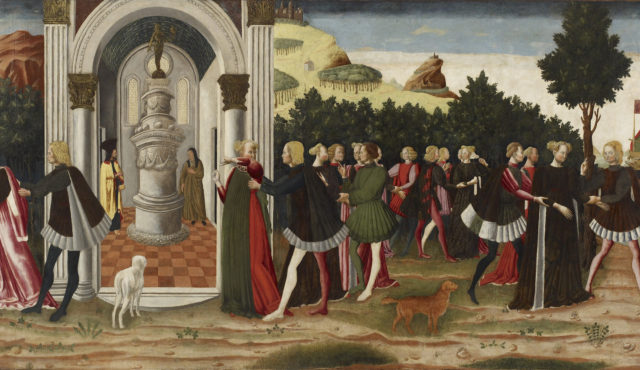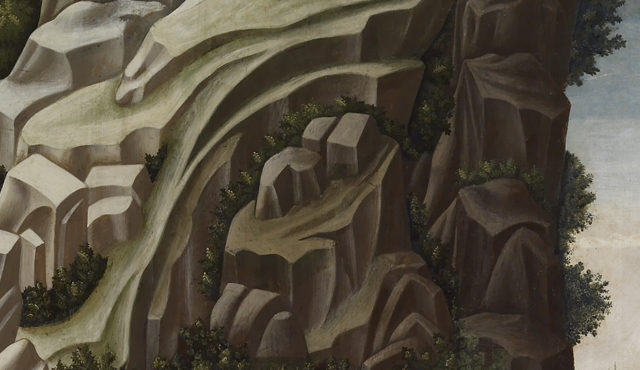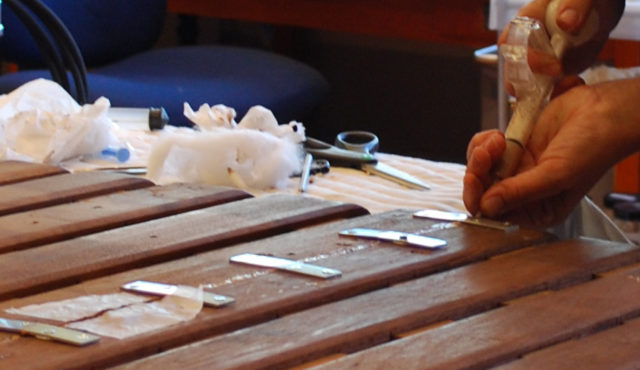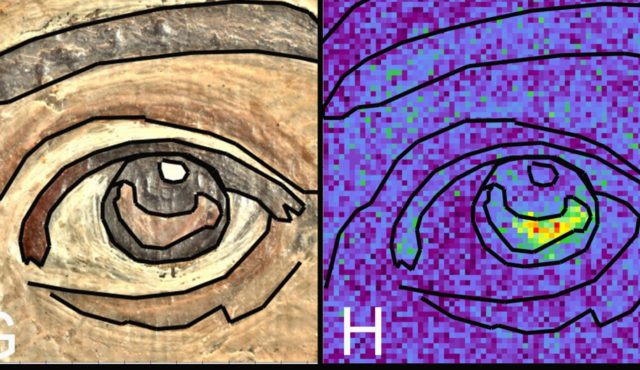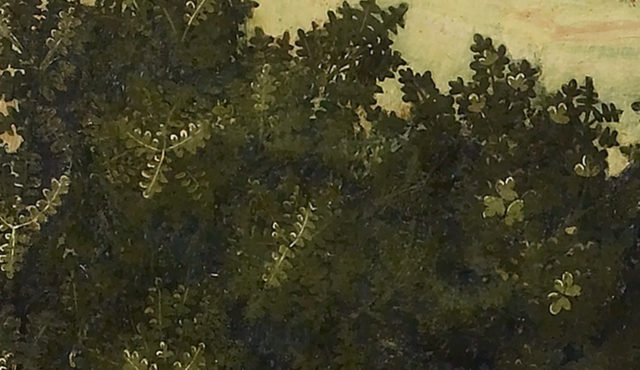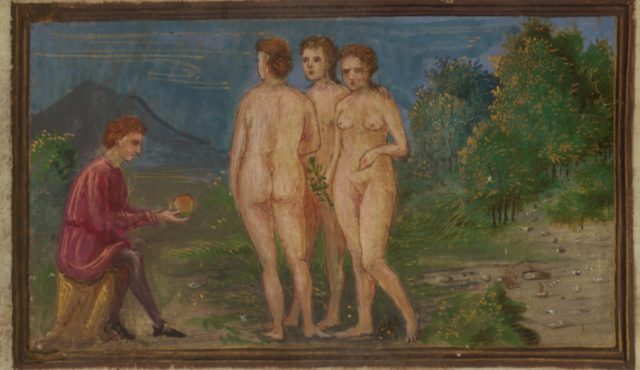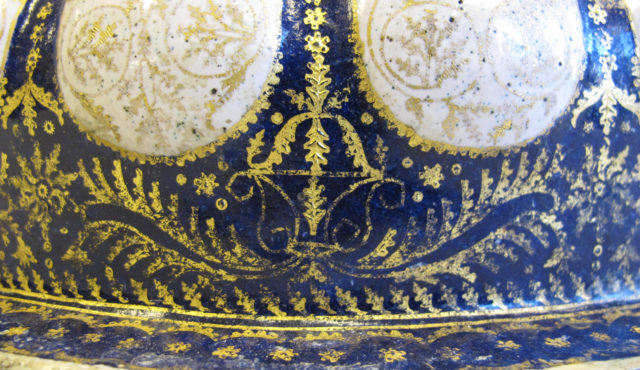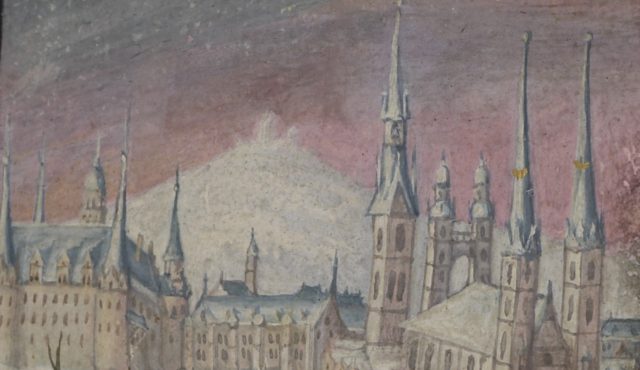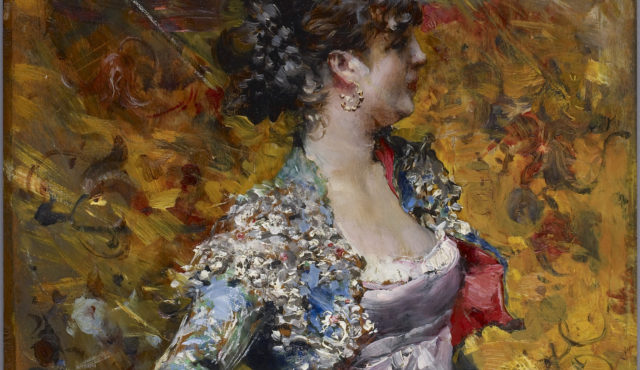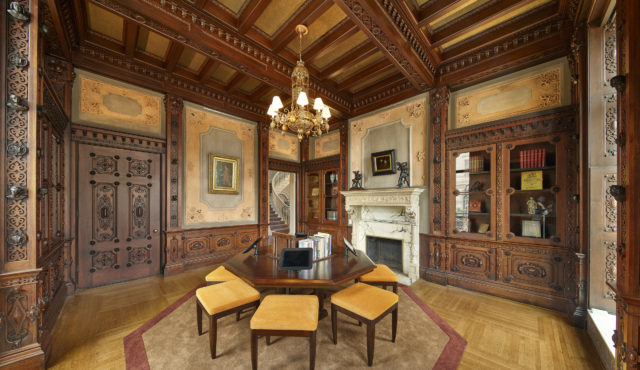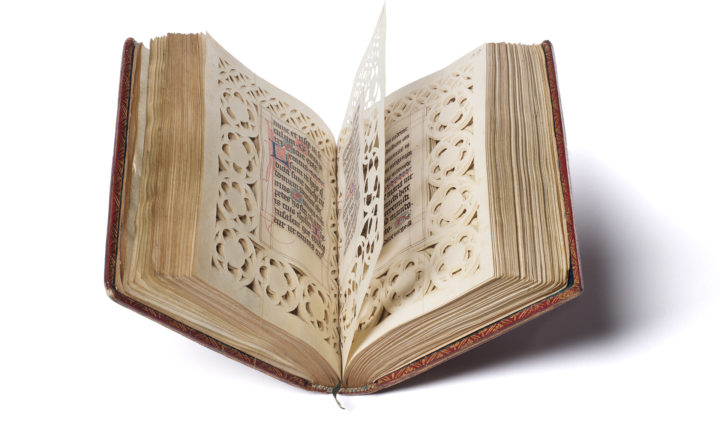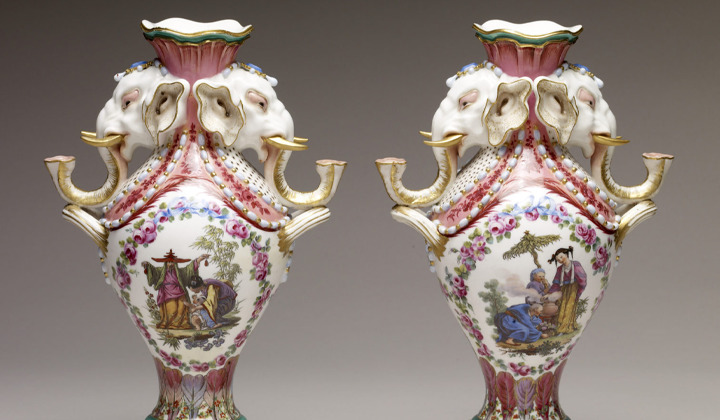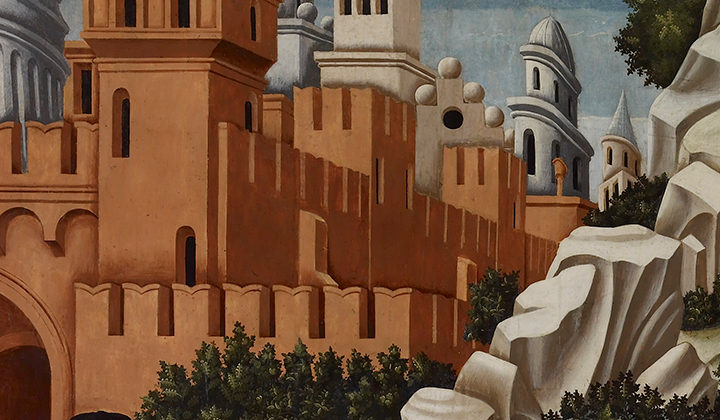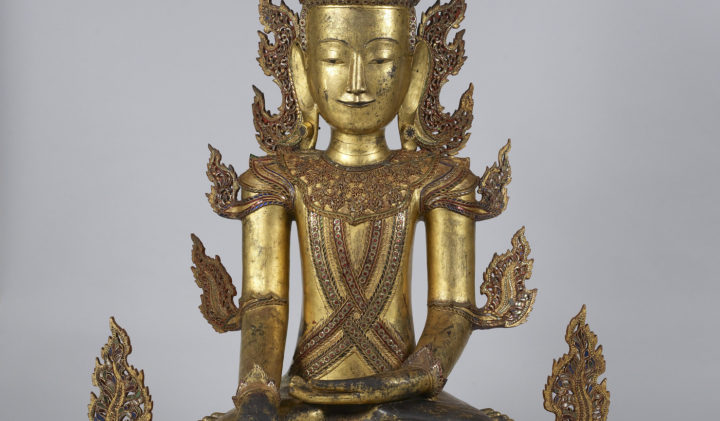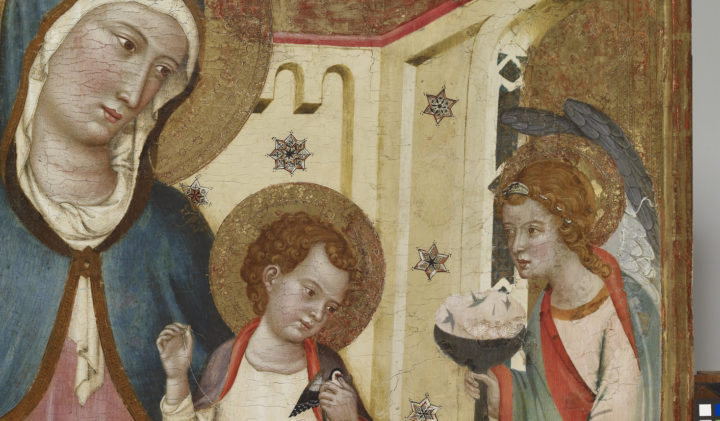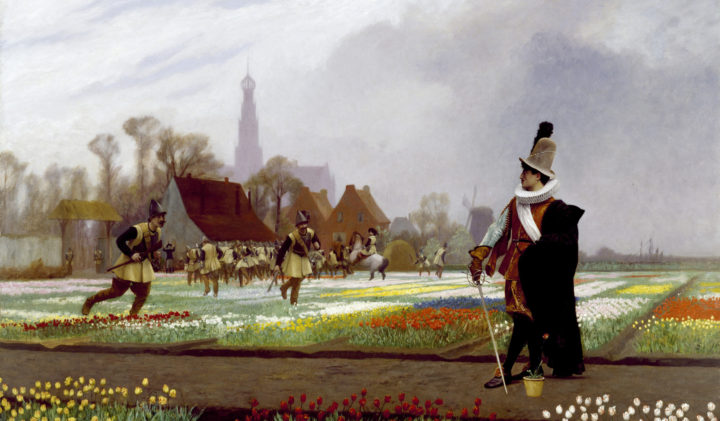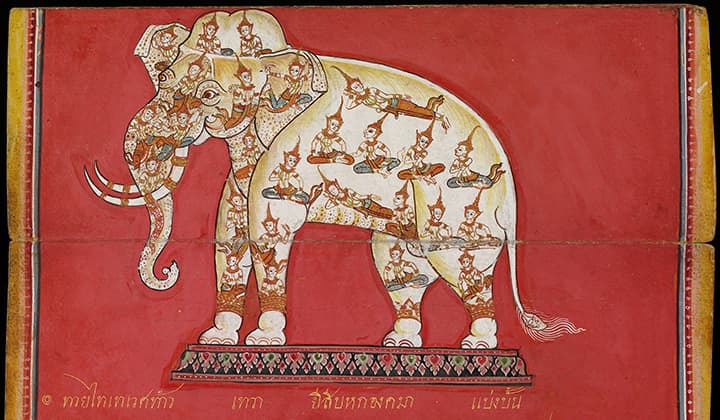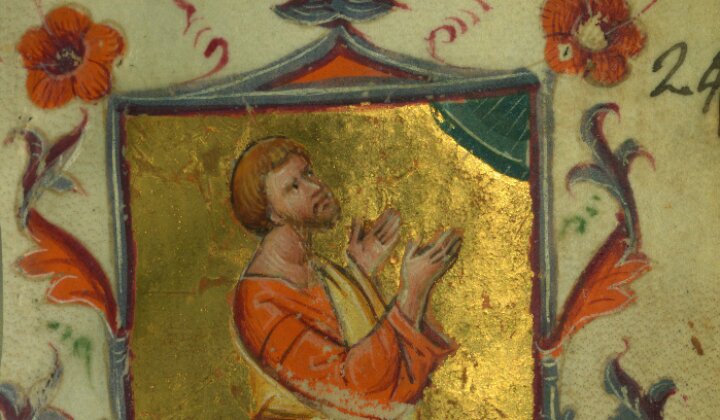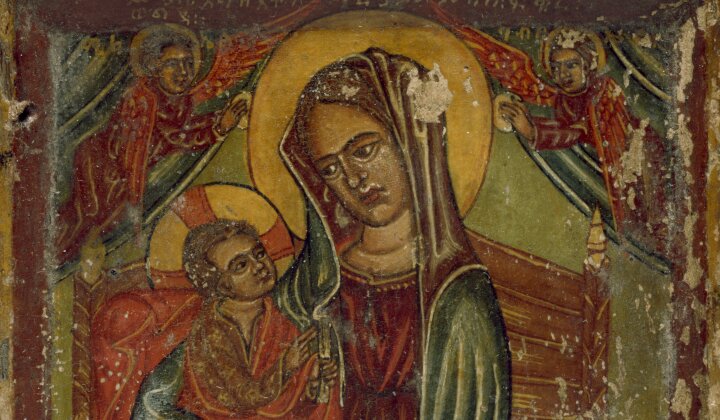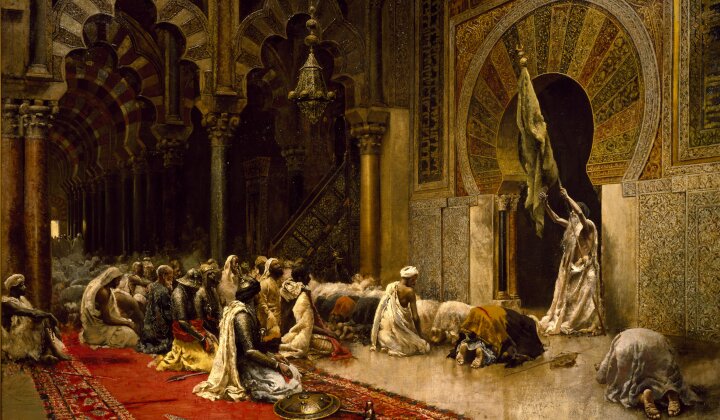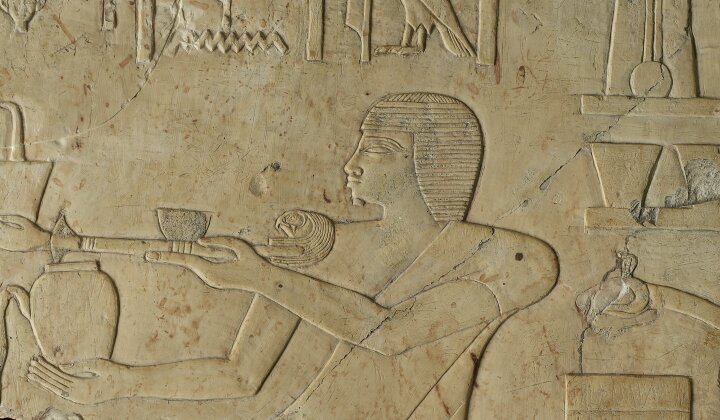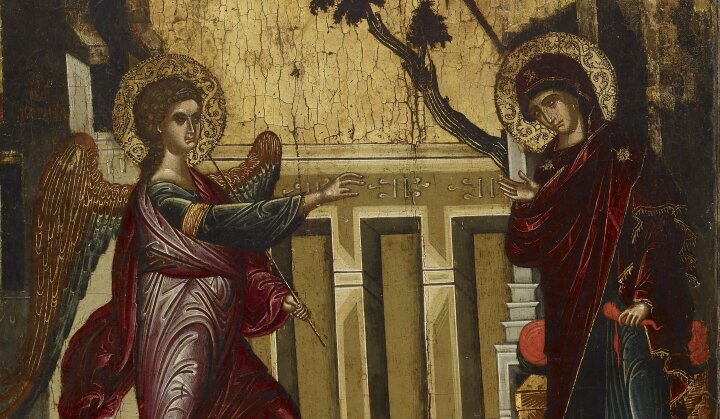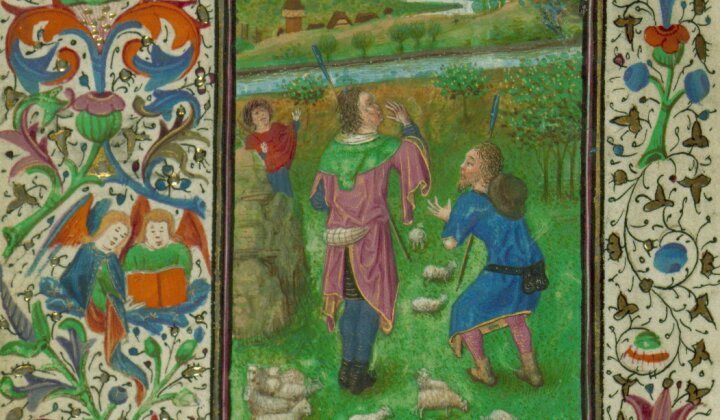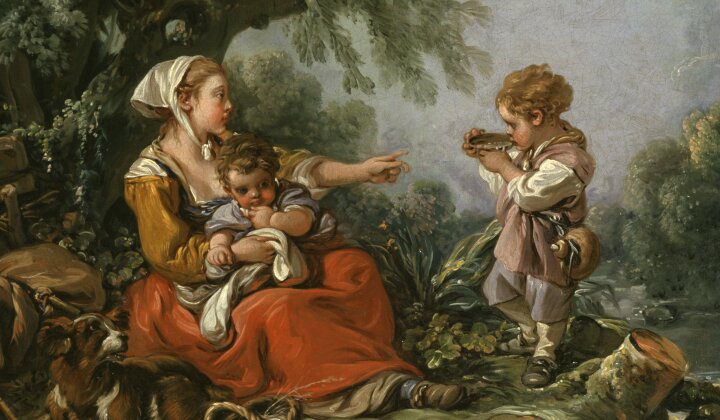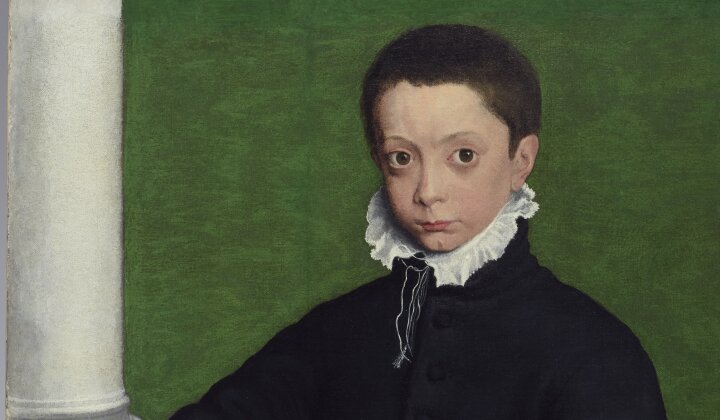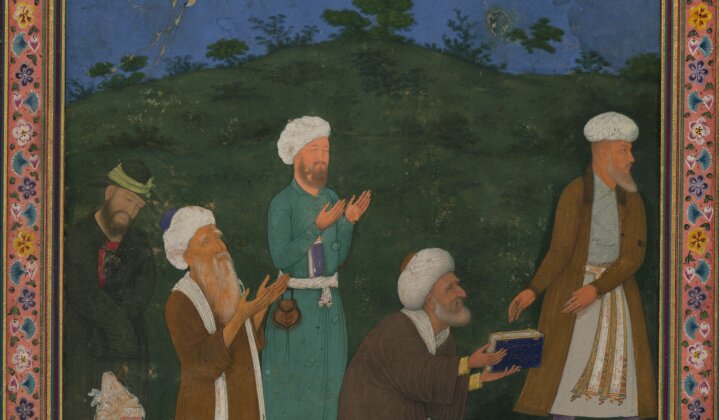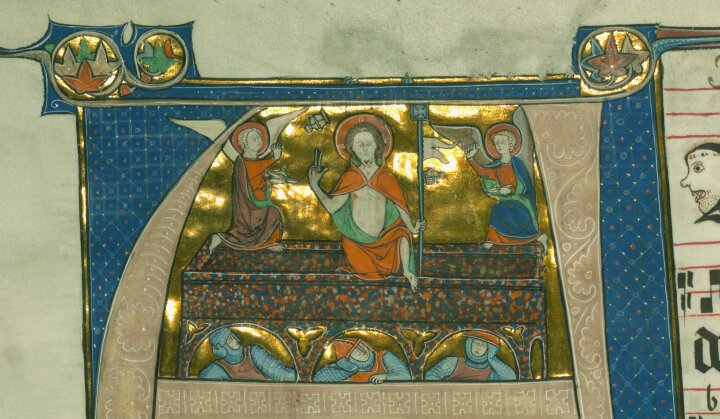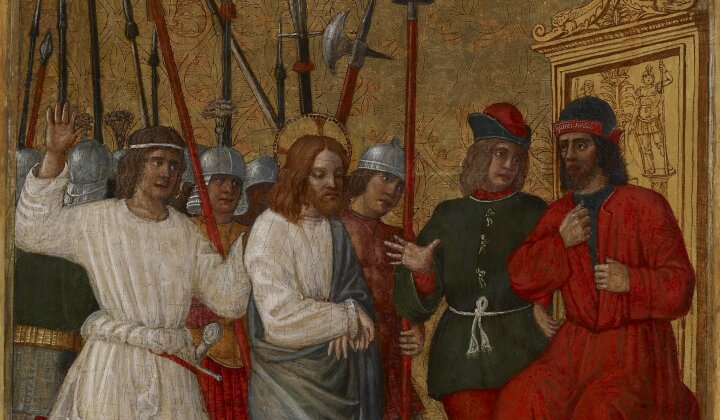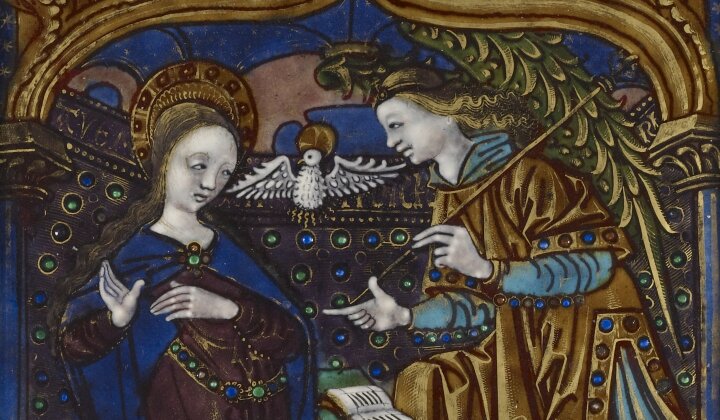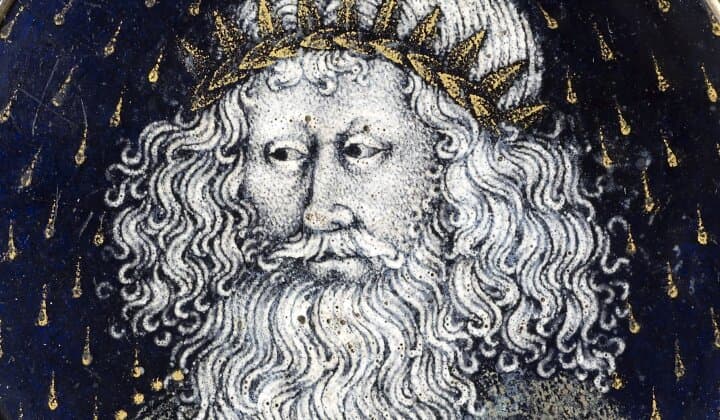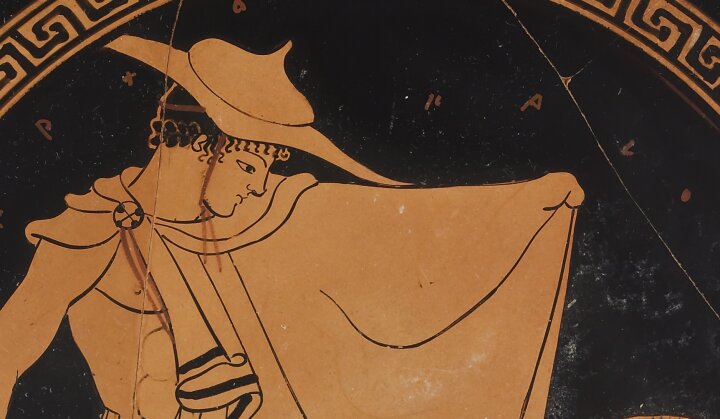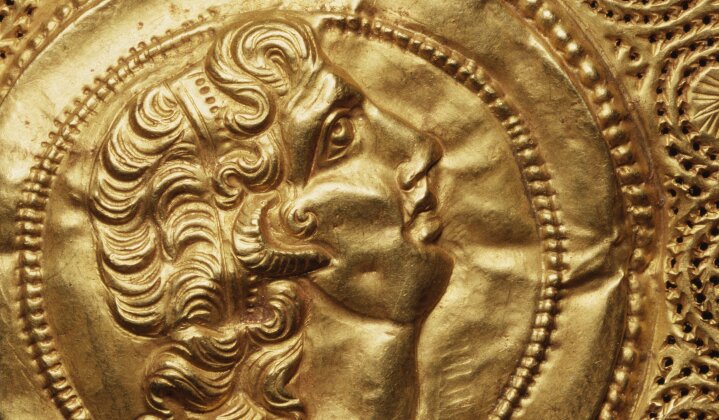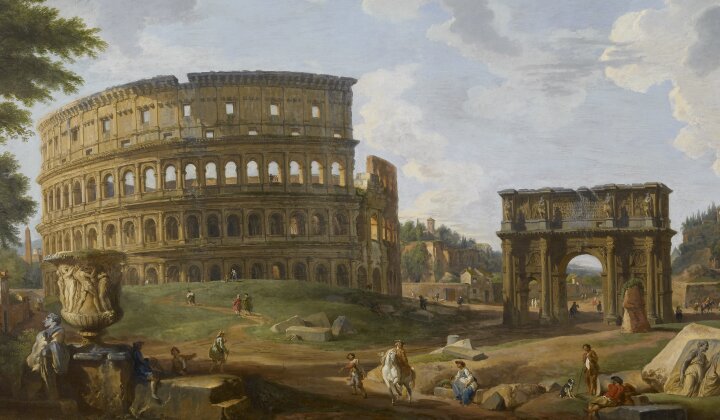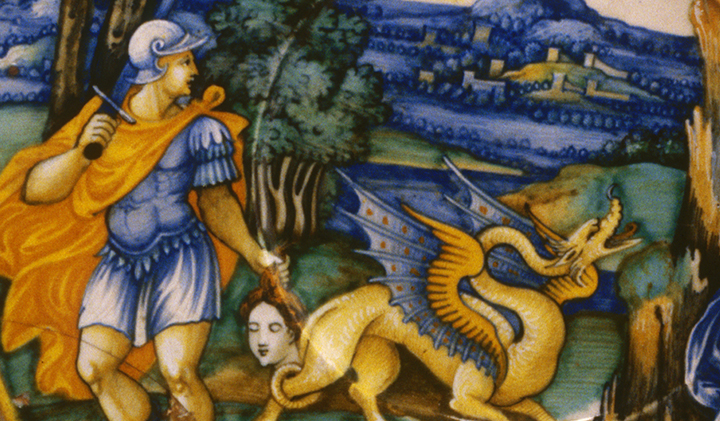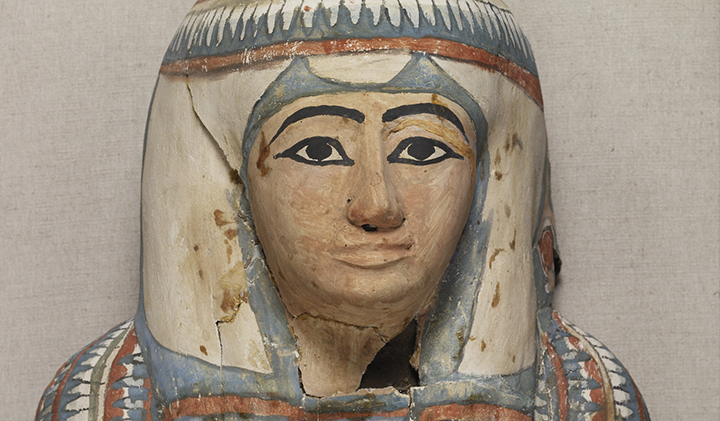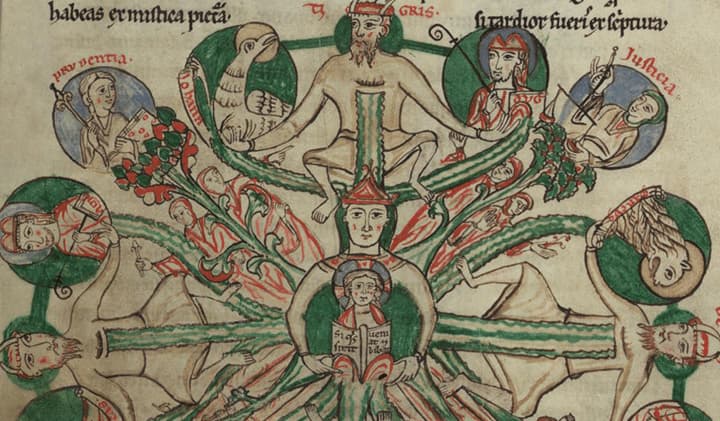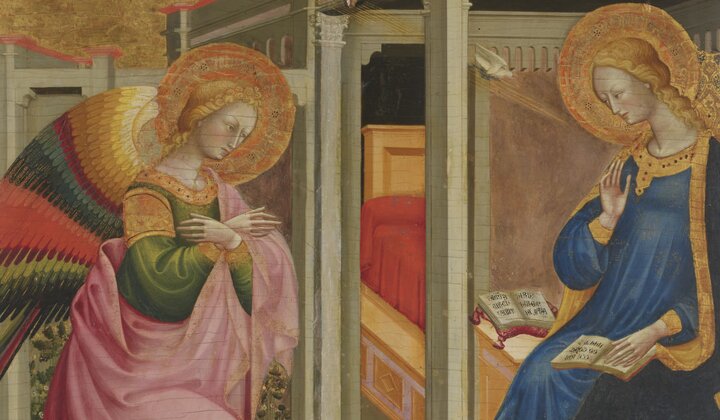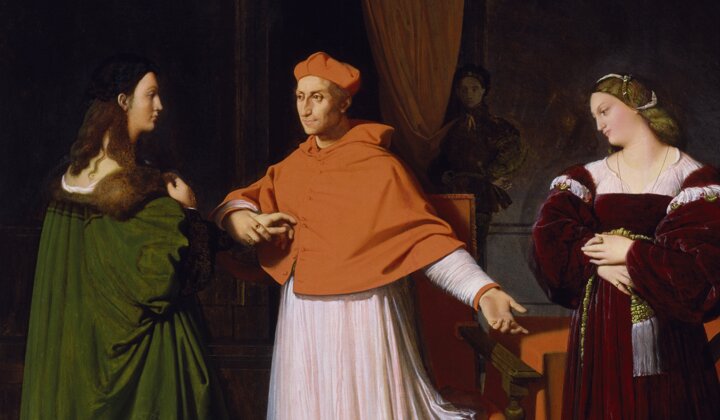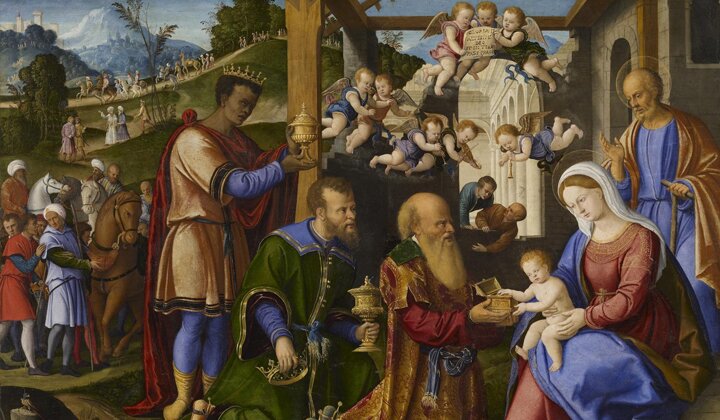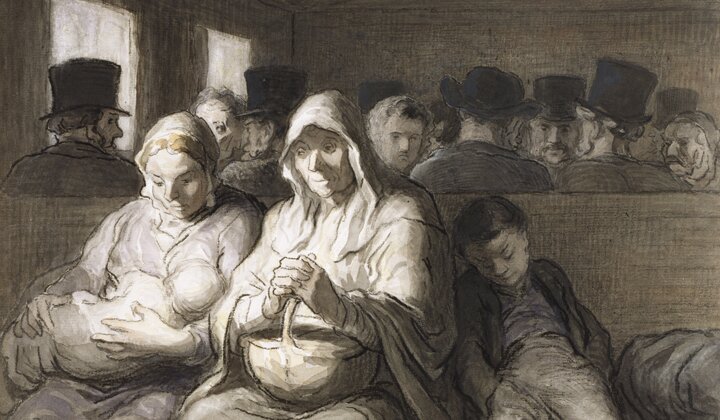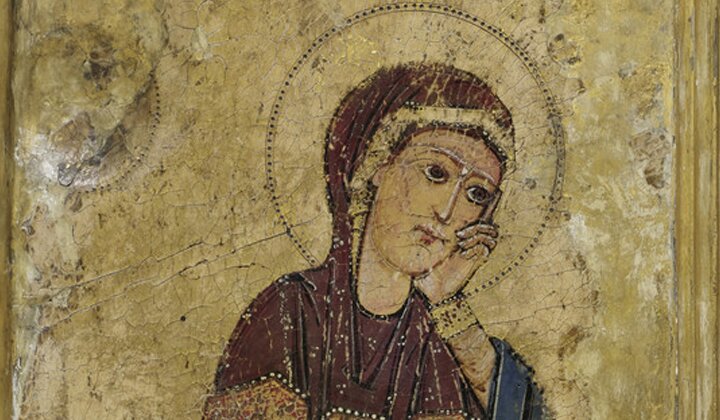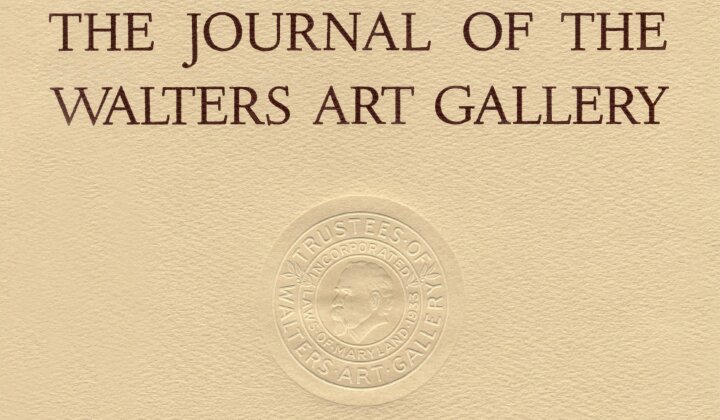Foreword to Volume 74
Welcome to the first completely digital volume of The Journal of the Walters Art Museum! The Journal is the oldest continuously published scholarly art museum journal in the United States. With volume 73, we transitioned from the paper format to an online pdf version; we are now delighted to make the Journal’s contents freely accessible to all by presenting this and future volumes in a fully digital format.
The first volume of the Journal appeared in 1938, only four years after the museum opened as a public institution. Its preface noted that Henry Walters had “left to scholars the task and the adventure of seeking out the full significance of these things, so that the public may benefit by the knowledge and enjoyment of its heritage. The studies published here are intended to contribute to this purpose.” Over the next eighty years and seventy-three volumes, the Journal has continued to publish research on or related to the Walters’ collections, written by distinguished scholars on staff and from around the world.
In the same way that the original intent of the Journal encompasses both scholarship and public benefit, we aim to make research on the collection and the collections themselves as accessible as possible to ever wider and more diverse audiences. While they present specialist research from an array of perspectives–including those of art historians, conservators, conservations scientists, and museum educators–the essays and notes are intended to be read by general audiences, with minimal jargon and technical language. The Walters Art Museum is committed to providing free and open access to its collections, both to onsite visitors through free admission, and digitally through its online collections and open access policy. Digital images of works of art in the Walters’ collections considered to be in the public domain (no longer protected by copyright) are available for use without limitation, rights- and royalty- free. The museum has adopted the Creative Commons Zero: No Rights Reserved or CC0 license to release copyright and allow for unrestricted use of digital images and metadata by any person, for any purpose. Similarly, the contents of this Journal are made available through the museum’s website without fees, subscriptions, or passwords; the essays and notes published here are available to access and share. No permissions are needed. More information on citing and crediting Journal content can be found here .
The digital format allows new ways of engaging with information about the collections. In this volume, in addition to beautifully designed text and high-resolution images, you will find tools that allow you to explore before-and-after views of paintings that have undergone conservation, and an animation that demonstrates how raking light reveals textures. The fully digital design allows quick transitions, and hyperlinked content. Although we will no longer produce a paper version of the Journal, the essays and notes have been formatted for easy printing and for downloading and reading offline. The Editorial Board is deeply grateful to WDG for web development support; to the contributors to this volume; and to Ruth Bowler, Head of Imaging and Intellectual Property, and Dylan Kinnett, Web Manager, for their tireless efforts and expertise in bringing this project to fruition.
The essays and two of the notes in this volume focus on the results of a complex, multi-year investigation and treatment of three large-scale fifteenth-century panel paintings depicting the abduction of Helen of Troy. They examine the paintings from an array of perspectives, historical, art-historical, and technical, bringing to light the life of these extraordinary works of art. Through these examinations, you will discover the stories of their commissioning, who made them, how they were made, where they were hung, what they depict, and how they have been conserved over the course of their history, as well as revelations about the astonishing use of Pressbrokat, or applied brocade, to create sumptuous surfaces and the recipes used by Venetian ladies to achieve the blond tresses that contributed to Helen of Troy’s fabled beauty. Other notes included in this volume provide first looks at new acquisitions, explore the Walters’ fascinating portrait mummies, and describe the innovative restoration of the decorative plaster walls in the library at 1 West Mount Vernon Place, revealed to the public in June 2018. Our next issue will focus on ceramics in the Walters’ collections, through the lens of the first installations at 1 West.
